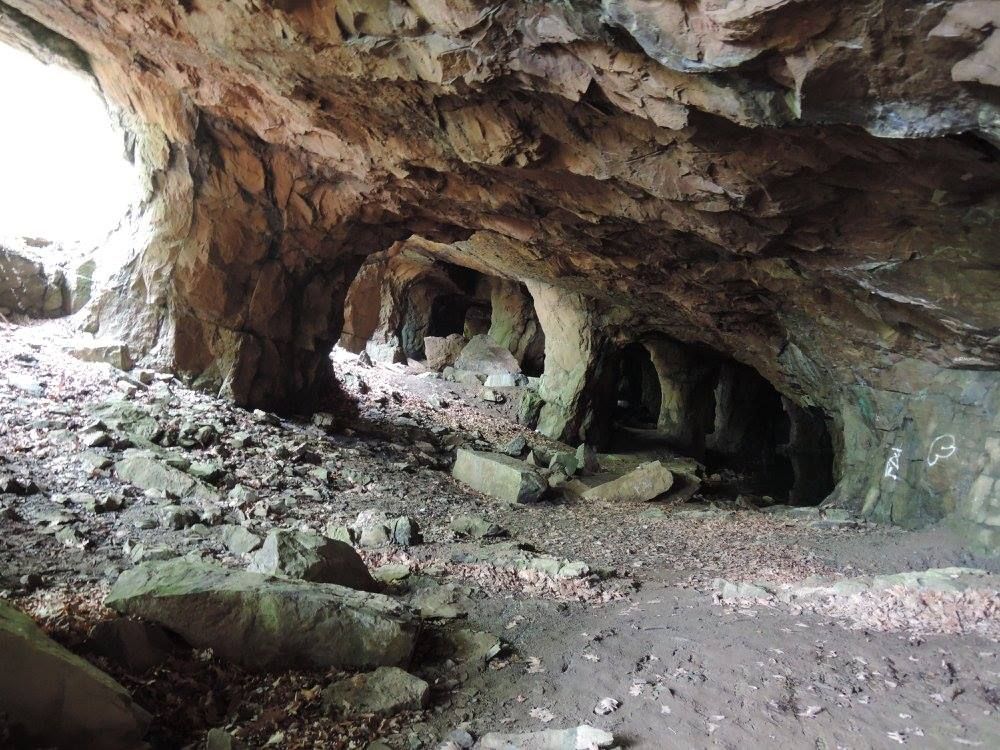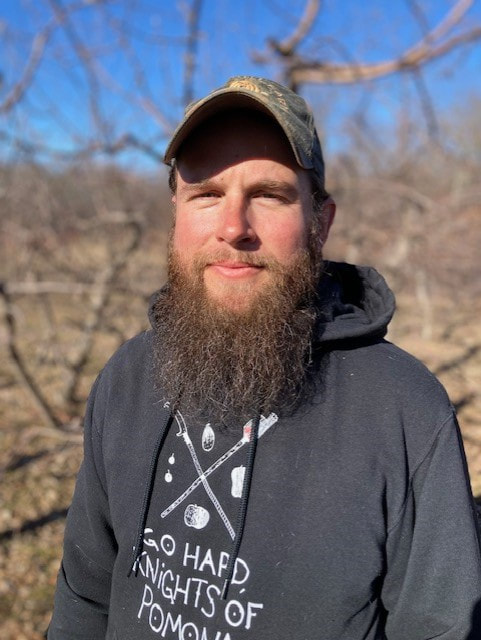Follow the River Lecture and Film Series
Lectures are hosted in-person at the Wooden Boat School at the Hudson River Maritime Museum.
$7 (General Public); FREE for HRMM Members
$7 (General Public); FREE for HRMM Members
For more than a decade the Hudson River Maritime Museum's "Follow the River Lecture Series" has hosted historians, authors, and maritime experts for engaging illustrated talks on a variety of regional history, and maritime subjects. In recent years, many of the lectures have also been recorded and made available on the museum's YouTube channel. Click here to view.
For more information about upcoming lectures, please see the list below or visit our events calendar.
If you are interesting in participating in our lecture series as a guest speaker, please contact the museum's education department or call 845-338-0071 ext. 16.
For more information about upcoming lectures, please see the list below or visit our events calendar.
If you are interesting in participating in our lecture series as a guest speaker, please contact the museum's education department or call 845-338-0071 ext. 16.
Upcoming Events
Click on a lecture for more information and to register for an event.
Past Events
With permission from our speakers we were able to film some of our lectures, so you can catch up on ones you missed! Due to restrictions, not all lectures may be available on video or in full. Watch via our Lecture Series playlist on YouTube or simply click on the graphics below to be taken to recordings of recent lectures.
The Psychic Highway How the Erie Canal Changed America
|
Author and filmmaker, Michael Keene shares his documentary, The Psychic Highway' about the impact of the Erie Canal on America.
The Erie Canal opened up vital passageways leading to the advent of the major social, political, and religious movements that swept through upstate New York during the 19th century. In The Psychic Highway, a 30-minute documentary based on a book of the same title, Keene delves into the canal's inspiration, evolution, and impact on American life and how the canal bridged the gap of communications and travel, setting the stage for history altering events. |
|
Finding Joy in Color and Peace in Nature:
Becoming a Coast Guard Artist with Fred Feiler
|
Fred Feiler shares his portfolio of paintings that starts in abstract and moves to realism, capturing the deep love of water and boats that led him to apply to become a member of the Coast Guard Art Program. Feiler then shares his works completed at the Coast Guard Station at Boothbay Harbor, ME which depict training missions including using flares, direct hoist, direct trail hoist, and a motor life boat rescue. Feiler introduces the work of the broader Coast Guard Art Program, highlighting eleven missions of the Coast Guard/Homeland Security as portrayed by various artists.
|
|
Ladies of the Valley
|
Author Mary Mistler leads a talk on her novel 'Ladies of the Valley" Women of the Hudson Valley's Great Estates' highlighting several of these women and and offering insights and anecdotes from their lives, which largely reflect women’s changing roles over centuries.
|
|
Brick & Brick Ruins of Hudson ValleyThomas Rinaldi and Robert Yasinsac’s talk about brickyard ruins as well as notable ruins constructed from local bricks.
|
|
The Land Doesn't ForgetAll the land that makes up the United States was in its entirety Indigenous land. Learn about the policies used to remove Indigenous Nations from their homes and pushed them onto reservations. Heather Bruegl explains why the fight to regain this land is important.
|
|
Seasons of LifeFrank Beres, an aquatic ecologist and naturalist based out of Port Ewen, New York, examines the phenology of biodiversity as he travels through a year in our local area of the Hudson River watershed.
|
|
Manhattan PhoenixBased on his book, "Manhattan Phoenix: The Great Fire of 1835 and the Emergence of Modern New York", author Daniel S. Levy describes in detail the Great Fire of 1835 —which destroyed nearly 700 buildings in lower Manhattan—and the forces that transformed New York from a large unruly metropolis during the early years of the 19th century.
|
|
Marginalized Workers on the D&H CanalThe construction of the 108-mile-long Delaware and Hudson (D&H) Canal required about 5000 laborers working in hard and dangerous conditions. D&H Historian and Bill Merchant gives a presentation about the lives and experiences of the diverse group of people who worked on the Canal.
|
|
Please subscribe to our YouTube channel to get notifications of new recorded lectures and other films and videos.
|
New to the Hudson River Maritime Museum? Create an account to track your event and class registrations!
|
Already a member? Login to your account to register for programs with your member discount, renew your membership, update contact info, and more!
|
|
GET IN TOUCH
Hudson River Maritime Museum
50 Rondout Landing Kingston, NY 12401 845-338-0071 [email protected] Contact Us |
GET INVOLVED |
stay connected |
Proudly powered by Weebly




